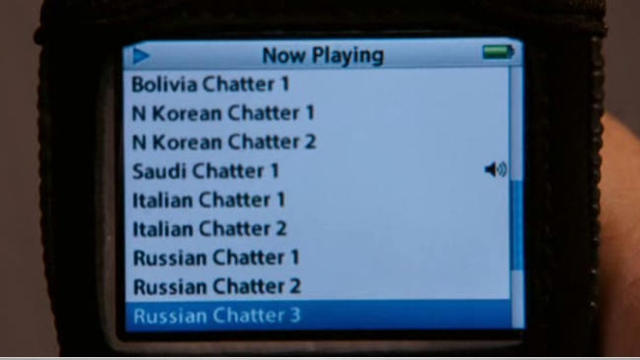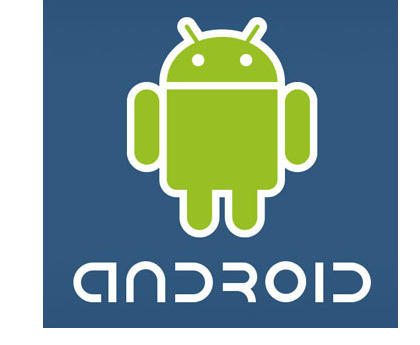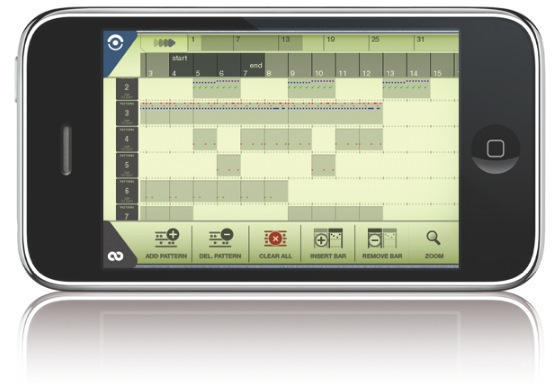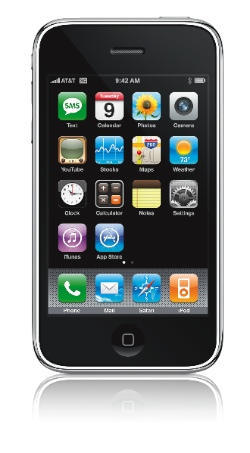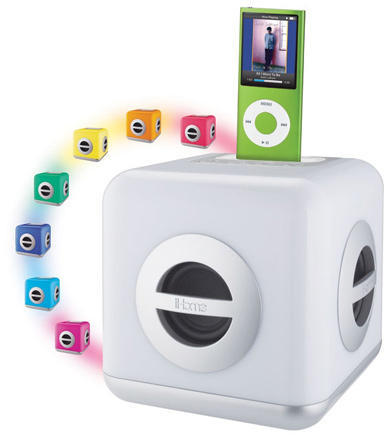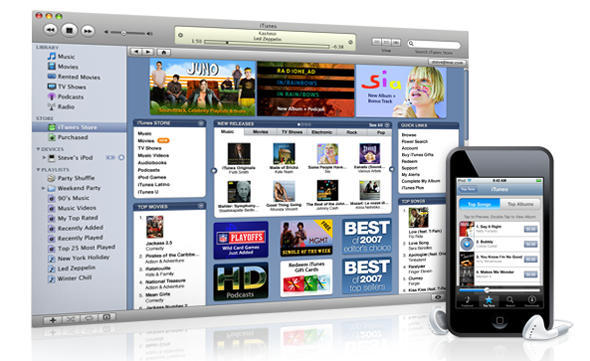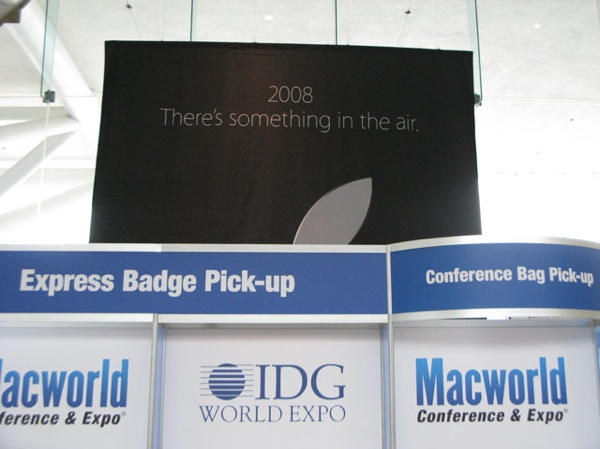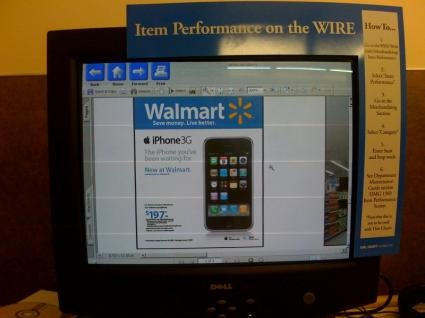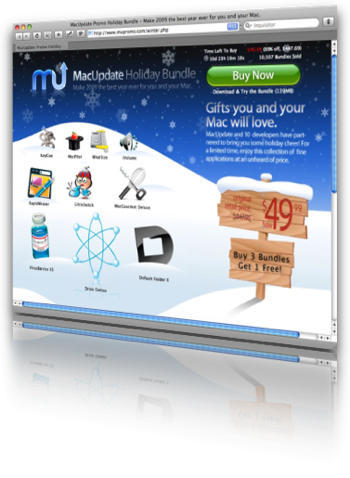They may not look as studiously Apple as the Earbud speakers in the next post, but I’ll wager the $20 difference in price these Altec Lansing expressionist CLASSIC speakers kick some serious audio jams on those stylin’ earbuds.
To begin with, Altec Lansing is one of the venerable names in audiophile engineering. The Milford, PA-based company has been producing superior quality speakers since 1938 and this offering in the PC audio category lives up to its 70 year reputation for good sound. Unique cylindrical cabinets house specially designed 3″ drivers powered by 15 watts of total continuous power to deliver a full spectrum of clear, warm sound found in other PC audio products costing twice as much.
Speakers should never require an engineering degree to get going and these small-footprint machines, with their own simple style that says “listen up,” are about as plug and play as any audio component you will find. Power and speaker volume controls are at your fingertips on the rear of the Right speaker, and if you’ve got a friend over with an iPod or other portable audio device, you can easily listen to their iTunes library by plugging into the Altec’s 3.5mm Aux-in jack. All the cords and connecting hardware are made from high-quality, heavy gauge material that inspires confidence in a well-made, long-lasting product.
I mentioned they sound great, right? For $79.95, these speakers will upgrade your standard thin, tinny PC audio system and bring new life to your music, gameplay and movie watching experience.
Available now from the Altec Lansing website and select Apple Retail outlets, these and the full line of Altec Lansing PC audio components will also be featured at Macworld 2009.





